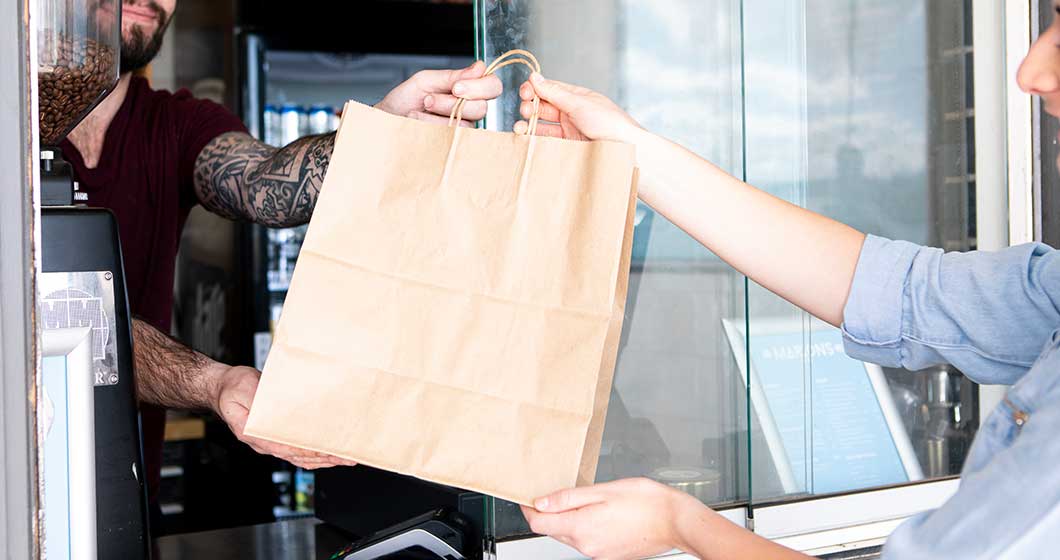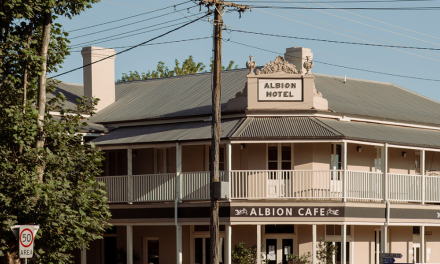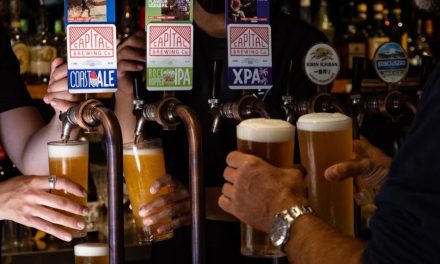Sunday, March 22, 2020 feels like an eternity ago. The emotions of that day are still raw for Canberra’s hospitality industry.
That afternoon, just before 3pm, NSW Premier Gladys Berejiklian announced she was shutting down “non-essential” businesses within 48 hours, including the hospitality industry.
Within hours, ACT Chief Minister Andrew Barr followed, declaring “we must face the reality that, as a Territory within NSW, it would be impossible for the ACT to have different arrangements than those in our surrounding region.”
Our industry knew a shutdown was necessary to fight COVID-19. Safety is our number one priority. We complied and played our part. But this shutdown has devastated the ACT’s hospitality industry for the past two months. One third of our directly-employed 14,800 jobs has disappeared. The remaining 9900 jobs only exist because of the Commonwealth’s JobKeeper program, which is masking the monumental under-employment across accommodation hotels, pubs, bars, restaurants and cafes.
Our industry is on its knees.
The ACT government’s stimulus and relief measures have cushioned the financial blow from being told to lock the doors and the pull down the shutters. Every local government charge or fee that can be waived, suspended or reduced has been.
But undoubtedly, the best financial relief for our industry is the ability to safely re-open with a financially-viable number of patrons. Serving only 10 or 20 patrons at once, a fraction of the normal trade, is not sufficient to kickstart the economic recovery we so desperately need.
We understand the importance of re-opening safely. Our lives and livelihoods depend on it. That’s why two weeks ago, the United Workers Union and the Australian Hotels Association (ACT Branch) provided a joint submission to ACT Chief Health Officer Dr Kerryn Coleman and the ACT government on how we can best protect employees, patrons and businesses.
It was a nation-leading agreement, and included paid pandemic leave for JobKeeper staff, employee work-safety representatives, and dedicated venue hygiene officers as crowd controllers within venues to ensure social distancing. This is on top of now-routine COVID-safe measures such as frequent cleaning and washing, no communal cutlery or glassware, and mandatory hygiene-training for staff.
Disappointingly, we’ve only had radio silence from the Chief Health Officer. And in the meantime, every other jurisdiction has now leapfrogged the ACT in relaxing restrictions. Despite being COVID-free for over three weeks, we’re unjustifiably lagging behind the rest of the country.
Last Friday-week the NSW government announced that from June 1 a hotel, bar or restaurant could have 50 patrons in each enclosed space within a venue, up to a maximum of 500 patrons. This outcome demonstrates what can be achieved through genuine and open collaboration between elected representatives, health officers and industry.
Before deciding whether or not to follow NSW’s lead, Chief Minister Andrew Barr took time to consult the Chief Health Officer. It is appropriate that an elected representative takes expert advice from a bureaucrat, because this is not a lobbying exercise.
This wasn’t a lobbying exercise for us, either. We presented an Accord-style agreement where unions and employers came together to offer expert advice on how the hospitality industry could re-open with greater safety measures alongside viable patron numbers.
It has been spurned by the Chief Health Officer.
Under the Public Health Act 1997, the Chief Health Officer has virtually unchecked power until July 7, with the legal freedom to ‘take any action or give any direction considered to be necessary or desirable’. The Chief Health Officer’s directions have the effect of legislation and allow for no oversight from the Legislative Assembly. Until July 7, the Chief Health Officer is under no obligation to be transparent about her reasons or accountable to the public for her decisions.
In our democracy, this concentration of power is an unsatisfactory state of affairs.
It’s time for the Chief Health Officer to explain why the small and family businesses in our hospitality industry can’t be treated the same way as the busy-as-ever Coles, Bunnings, IKEA and Westfield.
It’s time it is explained why having a meal in Bondi is safer than having a meal in Civic. Or, for that matter, why Queanbeyan is safer than Kingston, Googong safer than Calwell, and Sutton safer than Hall.
It’s time it was accepted that with extraordinary power comes an extraordinary need for accountability, transparency and consultation. Canberrans deserve to see the public health modelling upon which the Chief Health Officer is relying.
Until then there will continue to be frustration that, despite being a territory within NSW, the ACT has significantly different arrangements to those in our surrounding region.
This article first appeared in The Canberra Times.






